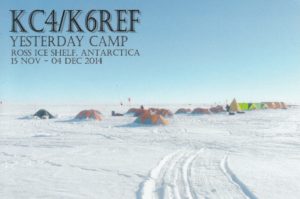 WAP and the Ham’s Antarctic Community are grateful to Dr. Ron E. Flick K6REF, for the New WAP Reference, USA-44 issued after his activity from the US Yesterday Camp.
WAP and the Ham’s Antarctic Community are grateful to Dr. Ron E. Flick K6REF, for the New WAP Reference, USA-44 issued after his activity from the US Yesterday Camp.
Here is a brief story told by Ron, K6REF, when he did come back home after his season in Antarctica.
Returned from Antarctica on schedule tired and sore (with wrist problems that should resolve) after many hours of flying! We deployed over 30 seismometers over the Ross Ice Shelf to measure ocean swell-induced vibrations, and to determine the structural properties of this largest ice shelf in the world. Ham radio was part of the public outreach for this National Science Foundation (NSF) sponsored project.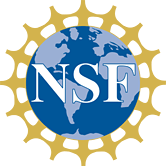
I was able to operate from the McMurdo Ham shack (KC4USV, WAP USA-21) with about 450 contacts between 5 and 13 Nov 2014. We spent that time there training and getting equipment ready, and waiting for weather suitable to fly to the field camp.
On 15 Nov 2014 we departed McMurdo in an LC130 from Willy Field and arrived at Yesterday Camp (78° 57.35 South by 179° 53.19 West) located near the Dateline in the middle of the Ross Ice Shelf (RIS), which is the size of France.
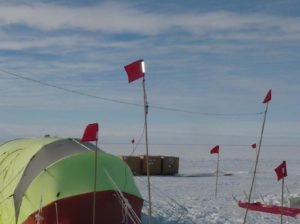 We camped at Yesterday Camp in amazingly cozy mountain tents for 19 days. We had several larger heated work and eating tents as well, and after a few days the cold didn’t seem so bad! The temperature was about -25°C (-13°F) when we arrived, gradually warming to a balmy -10°C (+14°F) by the time we left. We drank some beer outside once during a cold snap, and by the time I got half my can empty the rest was turning into frozen slush!
We camped at Yesterday Camp in amazingly cozy mountain tents for 19 days. We had several larger heated work and eating tents as well, and after a few days the cold didn’t seem so bad! The temperature was about -25°C (-13°F) when we arrived, gradually warming to a balmy -10°C (+14°F) by the time we left. We drank some beer outside once during a cold snap, and by the time I got half my can empty the rest was turning into frozen slush!
I operated from Yesterday Camp as KC4/K6REF between 18 Nov and 3 Dec 2014, making about 150 contacts in 27 countries and 23 US states. I used my Yaesu FT847 barefoot with a simple wire dipole mounted on flag poles about 8 feet off the ice. Conditions were often frustrating with one-way in propagation. I spent almost an hour trying to reach TY2CD in Benin (where there are only two licensed amateurs), all the while hearing Wynand at 58, but with him utterly unable to hear me. There were a few pileups, especially from European stations eager to log a once-only Antarctica contact. Picture above show the science tent QTH shack with diplole antenna on flag poles.
Thanks for all the QSOs, and apologies if you could not get through! I’m especially grateful to Bill K7MT and Bob K4MZU for their relay help and general support, and to Bob KK4KT and Roy KR6RG for their perserverance and the timeless (old fashioned) phone patch to my wife Myra (boy, was she surprised!). Also thanks to Joe AB6RM for posting a publicity piece in QST and to many other hams who spotted KC4/K6REF on the DX sites!
TNX K6REF
QSLs for KC4/KC6REF (Yesterday Camp WAP USA-44) have to be requested to:
REINHARD E FLICK, K6REF, 10764 LOIRE AVE, SAN DIEGO, CA 92131. USA
For more information on the science see: https://scripps.ucsd.edu/centers/iceshelfvibes/taking-the-pulse and the pages linked from there .
 The National Science Foundation (NSF) is accepting proposals from media professionals to visit Antarctica to report on research supported by NSF’s Office of Polar Programs (OPP) through the U.S. Antarctic Program (USAP).
The National Science Foundation (NSF) is accepting proposals from media professionals to visit Antarctica to report on research supported by NSF’s Office of Polar Programs (OPP) through the U.S. Antarctic Program (USAP).
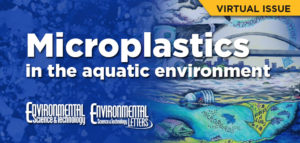 Microplastics and chemicals used in a range of household goods have found their way to Antarctica’s pristine waters and ice caps, research shows.
Microplastics and chemicals used in a range of household goods have found their way to Antarctica’s pristine waters and ice caps, research shows.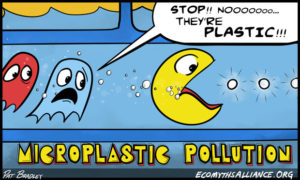
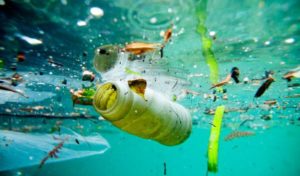 There is growing concern internationally about the increasing presence of polluting microplastics in waterways, with many countries having banned their use in cosmetic products.
There is growing concern internationally about the increasing presence of polluting microplastics in waterways, with many countries having banned their use in cosmetic products.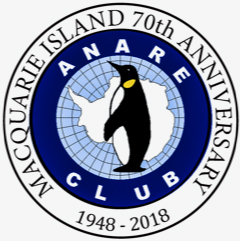 VI7ØMI is a Special Callsign issued to Commemorate 70 years of ANARE (Australian National Antarctic Research Expeditions) for Macquarie Island, which since 1947 have served Australia in the South polar regions. The first ANARE Expedition to Macquarie Island was in March 1947.
VI7ØMI is a Special Callsign issued to Commemorate 70 years of ANARE (Australian National Antarctic Research Expeditions) for Macquarie Island, which since 1947 have served Australia in the South polar regions. The first ANARE Expedition to Macquarie Island was in March 1947. sub-Antarctic Macquarie Island. Australia established its first stations in the sub-antarctic at Heard Island in December 1947 and Macquarie Island a few months later in March 1948.
sub-Antarctic Macquarie Island. Australia established its first stations in the sub-antarctic at Heard Island in December 1947 and Macquarie Island a few months later in March 1948.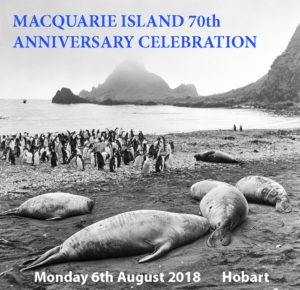 The Special event callsign VI7ØMI (WAP-293) is to commemorate the 70th Anniversary of the establishment of the first ANARE base at Macquarie Island, March 1948. The activity is to raise the profile of the Wireless Institute of Australia (WIA), Amateur Radio in general, ANARE, Parks Tasmania and the Antarctic Research programs globally and within Australia.
The Special event callsign VI7ØMI (WAP-293) is to commemorate the 70th Anniversary of the establishment of the first ANARE base at Macquarie Island, March 1948. The activity is to raise the profile of the Wireless Institute of Australia (WIA), Amateur Radio in general, ANARE, Parks Tasmania and the Antarctic Research programs globally and within Australia.
 Larry did a long time service for the stations in Antarctica; years ago Larry was very active in the 14.240 DX Group to keep contact with the operators down in the Icy Continent and also acting as official QSL manager for KC4USV, McMurdo (WAP USA-22), KC4AAA Amundsen-Scott South Pole Station (old WAP USA-21 and most recent rebuild WAP USA-36), and KC4AAC, Palmer Station (WAP USA-23).
Larry did a long time service for the stations in Antarctica; years ago Larry was very active in the 14.240 DX Group to keep contact with the operators down in the Icy Continent and also acting as official QSL manager for KC4USV, McMurdo (WAP USA-22), KC4AAA Amundsen-Scott South Pole Station (old WAP USA-21 and most recent rebuild WAP USA-36), and KC4AAC, Palmer Station (WAP USA-23). It was not until the British Graham Land Expedition of 1934–37 that Adelaide was confirmed to be an island separate from the Antarctic Peninsula. The Research Base at Adelaide Island referred to as Adelaide Base “T” (WAP- GBR-13) from July 1962, was established on 3 February 1961 on the South-West tip of the island. This was in preference to Rothera Point as it had a better skyway for aircraft and less sea ice to hinder access by ship. It was closed when the skyway deteriorated and operations were transferred to Rothera Station.
It was not until the British Graham Land Expedition of 1934–37 that Adelaide was confirmed to be an island separate from the Antarctic Peninsula. The Research Base at Adelaide Island referred to as Adelaide Base “T” (WAP- GBR-13) from July 1962, was established on 3 February 1961 on the South-West tip of the island. This was in preference to Rothera Point as it had a better skyway for aircraft and less sea ice to hinder access by ship. It was closed when the skyway deteriorated and operations were transferred to Rothera Station.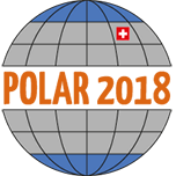 The WSL Insitute for snow and Avalance Research SLF is organizing POLAR2018, which will take place in Davos, Switzerland from 15 – 26 June 2018.
The WSL Insitute for snow and Avalance Research SLF is organizing POLAR2018, which will take place in Davos, Switzerland from 15 – 26 June 2018.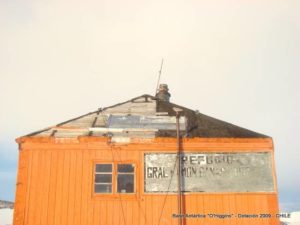 View Point was the location of the British research Station “V”. It was active intermittently with the intention of searching in the survey, meteorology and geology. Located on Duse Bay, Trinity Peninsula, at 63° 32′ 15″ South 57° 24′ 15″ West, the site was selected on 8 Feb 1953, foundations of first hut laid 3 June 1953. A second hut was erected on 20 Mar 1956 and called Seal-catcher’s Arms or View Point Hut ,
View Point was the location of the British research Station “V”. It was active intermittently with the intention of searching in the survey, meteorology and geology. Located on Duse Bay, Trinity Peninsula, at 63° 32′ 15″ South 57° 24′ 15″ West, the site was selected on 8 Feb 1953, foundations of first hut laid 3 June 1953. A second hut was erected on 20 Mar 1956 and called Seal-catcher’s Arms or View Point Hut ,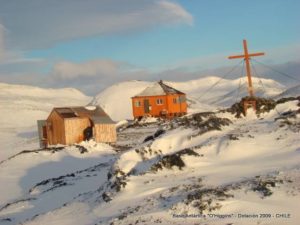 The refuge consists of a cabin enabled as a room and a second machine house, bathroom and storage. It is located about 50 km away from the Chilean base General Bernardo O’Higgins (WAP CHL-Ø2), on which it depends.
The refuge consists of a cabin enabled as a room and a second machine house, bathroom and storage. It is located about 50 km away from the Chilean base General Bernardo O’Higgins (WAP CHL-Ø2), on which it depends.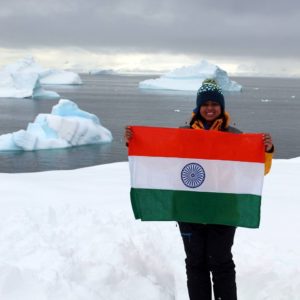 Prathyusha Parakala is the only one from AP and TS to be part of the ClimateForce: Antarctica (CFA) expedition 2018.
Prathyusha Parakala is the only one from AP and TS to be part of the ClimateForce: Antarctica (CFA) expedition 2018.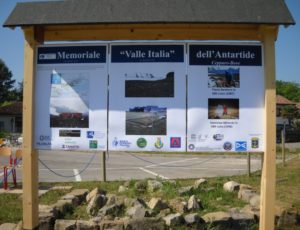 The tireless PH D Julius Fabbri IV3CCT did accomplish the mission to build a Memorial to recall the Giacomo Bove Base (WAP ITA-Ø2) in Antarctica and the 1st Italian Antarctic Expedition (Antarctic summer 1975-1976) led by Renato Cepparo, I1SR,
The tireless PH D Julius Fabbri IV3CCT did accomplish the mission to build a Memorial to recall the Giacomo Bove Base (WAP ITA-Ø2) in Antarctica and the 1st Italian Antarctic Expedition (Antarctic summer 1975-1976) led by Renato Cepparo, I1SR, 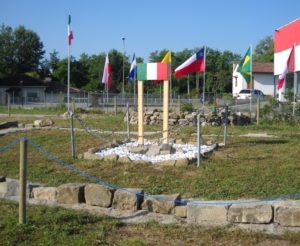 Following the laying of the foundation stone on February 24th 2018, last May 25 when the job was done, a nice ceremony was held at the “A. Malignani” High School of Cervignano (Udine); the inauguration of the Memorial, with Authorities and Students was a great moment of satisfaction even for the young students, Professors and all those who did help the construction of this Memorial which now a reality to be proud.
Following the laying of the foundation stone on February 24th 2018, last May 25 when the job was done, a nice ceremony was held at the “A. Malignani” High School of Cervignano (Udine); the inauguration of the Memorial, with Authorities and Students was a great moment of satisfaction even for the young students, Professors and all those who did help the construction of this Memorial which now a reality to be proud. WAP and the Ham’s Antarctic Community are grateful to Dr. Ron E. Flick K6REF, for the New WAP Reference, USA-44 issued after his activity from the US Yesterday Camp.
WAP and the Ham’s Antarctic Community are grateful to Dr. Ron E. Flick K6REF, for the New WAP Reference, USA-44 issued after his activity from the US Yesterday Camp.  We camped at Yesterday Camp in amazingly cozy mountain tents for 19 days. We had several larger heated work and eating tents as well, and after a few days the cold didn’t seem so bad! The temperature was about -25°C (-13°F) when we arrived, gradually warming to a balmy -10°C (+14°F) by the time we left. We drank some beer outside once during a cold snap, and by the time I got half my can empty the rest was turning into frozen slush!
We camped at Yesterday Camp in amazingly cozy mountain tents for 19 days. We had several larger heated work and eating tents as well, and after a few days the cold didn’t seem so bad! The temperature was about -25°C (-13°F) when we arrived, gradually warming to a balmy -10°C (+14°F) by the time we left. We drank some beer outside once during a cold snap, and by the time I got half my can empty the rest was turning into frozen slush!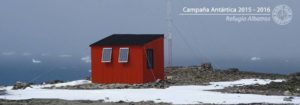 Antarctic shelters are facilities open to all countries, to be used in cases of emergency or to support activities in the field. They are equipped with food, fuel (there are with generators and communication equipment), accommodation facilities and other logistics. On King George Island (aka Isla 25 de Mayo), just to the South of Argentine Base Carlini ,WAP ARG-20 (ex Jubany Base) on Potter Peninsula there is a Special Protected Area (ASPA 132) which extends from Potter cove to Stranger point.
Antarctic shelters are facilities open to all countries, to be used in cases of emergency or to support activities in the field. They are equipped with food, fuel (there are with generators and communication equipment), accommodation facilities and other logistics. On King George Island (aka Isla 25 de Mayo), just to the South of Argentine Base Carlini ,WAP ARG-20 (ex Jubany Base) on Potter Peninsula there is a Special Protected Area (ASPA 132) which extends from Potter cove to Stranger point.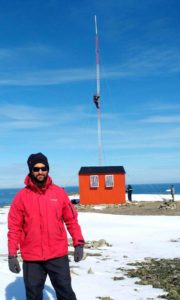
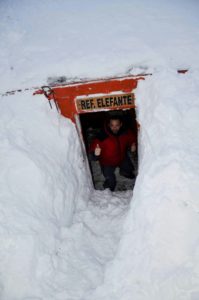 The refuge houses a repeater of analogue / digital VHF of the latest technology powered by solar energy that provides telecommunications support from radio frequency to all the scientific and logistical personnel in the
The refuge houses a repeater of analogue / digital VHF of the latest technology powered by solar energy that provides telecommunications support from radio frequency to all the scientific and logistical personnel in the